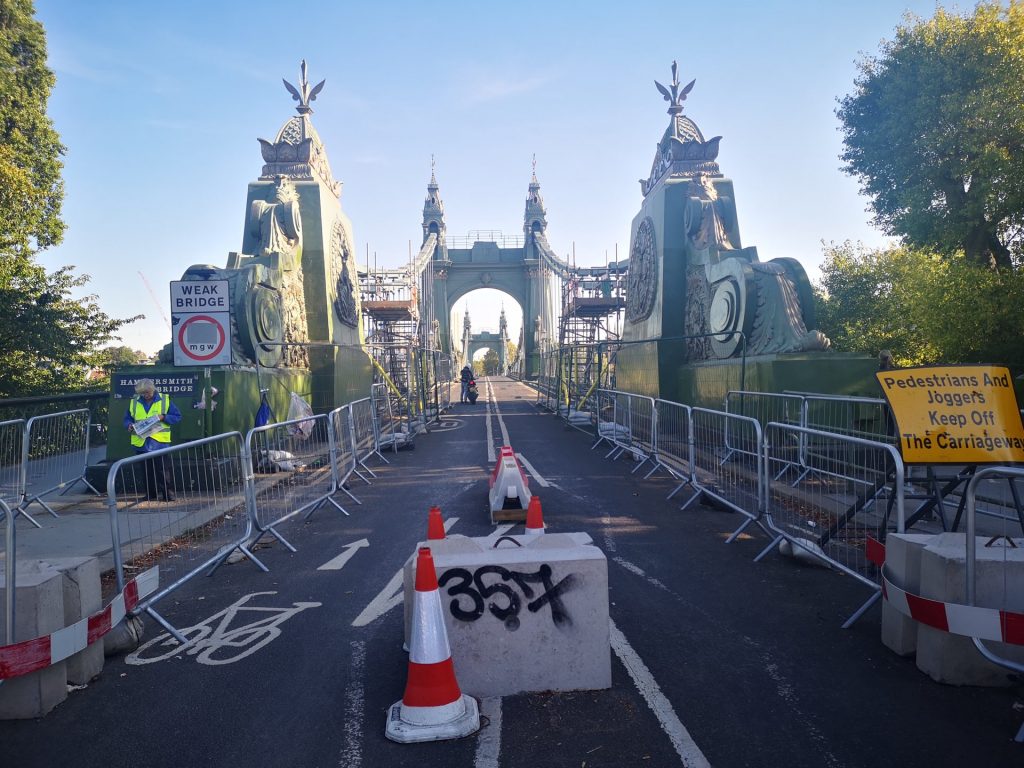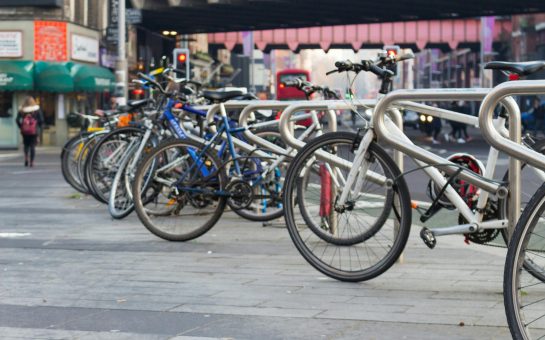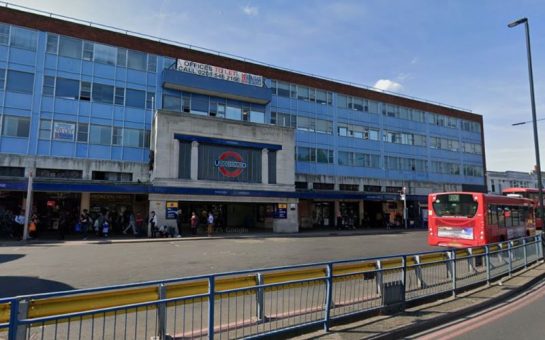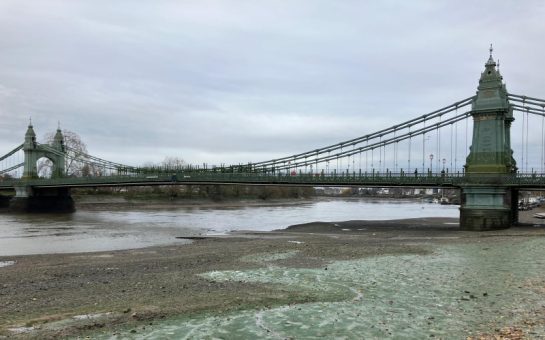The Department for Transport (DfT) announced last week that it would contribute up to a third of the costs for the reopening of Hammersmith Bridge which has been closed to cyclists and pedestrians since August 2020.
DfT confirmed a cost-sharing deal with Transport for London (TfL) and the London Borough of Hammersmith and Fulham (LBHF) that will see the government contribute one third of the costs for stabilisation works, with the TfL and LBHF doing the same.
This agreement will potentially resolve the long-standing funding stalemate that has stymied repairs and frustrated residents.

Dana Skelley, spokesperson for Hammersmith Bridge Taskforce, a special committee set up to work on solutions to the closure of the bridge, said: “The Department for Transport, TfL and LBHF will develop a memorandum of understanding in relation to funding the project.”
But this memorandum of understanding depends upon the LBHF confirming its preferred engineering solution for stabilisation, what this will cost and how it will be funded.
Richmond Park Liberal Democrat MP Sarah Olney said: “In many ways we are still in a stalemate.
“While I welcome the Government finally making an indication of what they would be prepared to contribute, if LBHF cannot afford to pay one third of the cost, then their proposal will make no impact whatsoever.
“Clearly, LBHF will need to make a contribution, but the Government must be realistic with what they can afford, otherwise we stand to make no progress.
“With that being said, my understanding is that the Government’s proposal covers only the stabilisation works, which we can assume will be significantly less than the estimated £141m.
“With that in mind, and based off of the most recent Task Force meeting update, I am hopeful that the current dialogue proves constructive and we see an MOU drawn up in the coming weeks/months.”
The closure of Hammersmith Bridge has had a profound impact on SWL residents cutting off vital access for commuters and emergency service drivers who require quick access to do their jobs and save lives.
Olney said: “One group of people I’m extremely worried about is school children. 4,000 children used to use the bridge every day to get to school.
“These are children who have now been forced to take longer, often more dangerous routes to get to school.”
Wheelchair users are also disadvantaged with Hammersmith Bridge previously providing an accessibility over the Thames that nearby stations did not.
Residents are also concerned about the adverse impacts that traffic diversions and resultant congestion is having on the environment.
Although no date is yet confirmed, Olney added that the next round of engineering reports will indicate whether Hammersmith Bridge will be reopened this summer, on an intermittent basis to pedestrians and cyclists.
TfL aims to ensure the replacement Hammersmith ferry service is operational by late summer, providing a link across the river while repairs take place.




